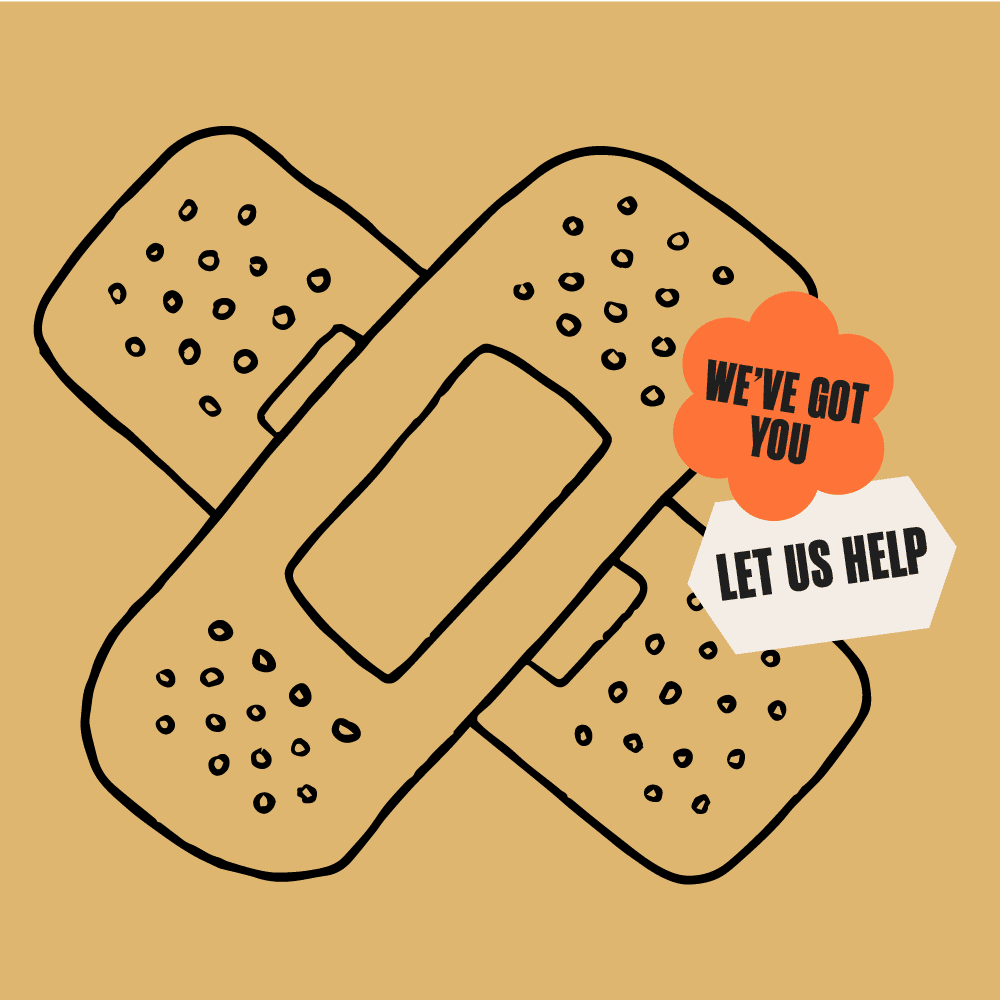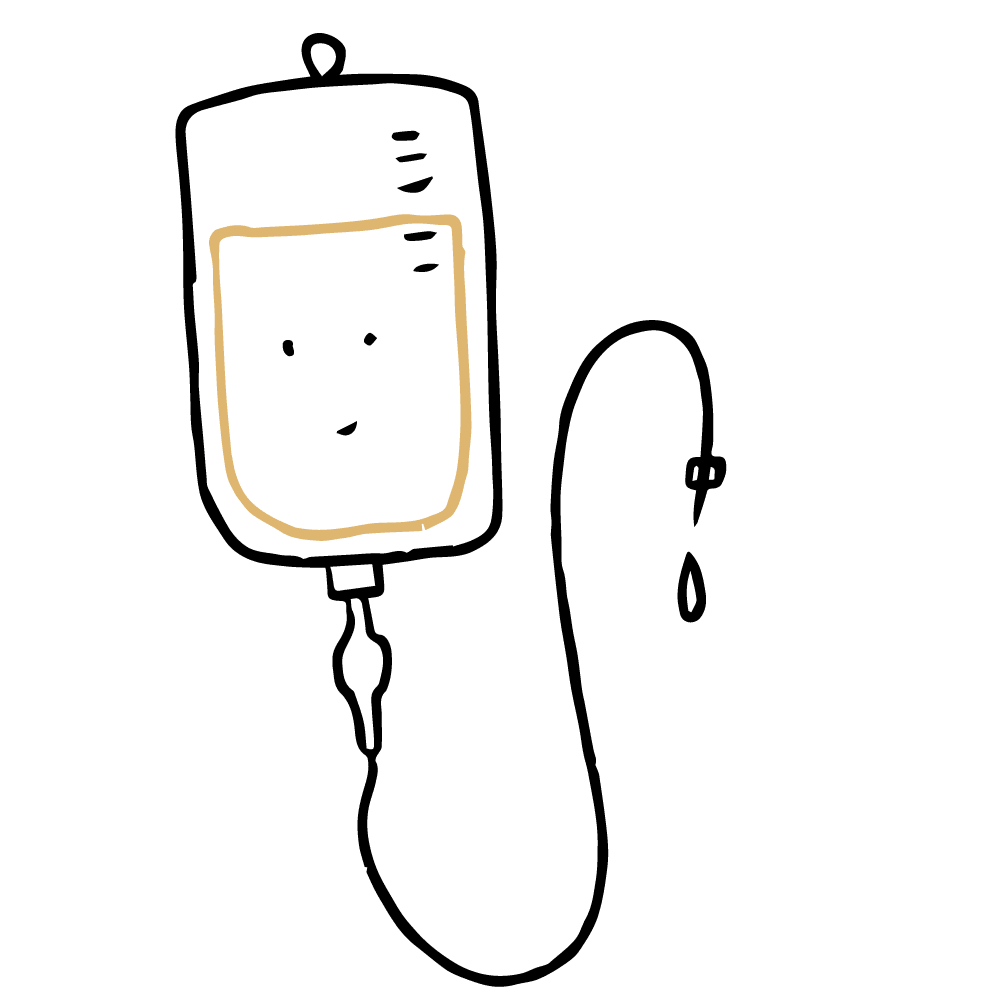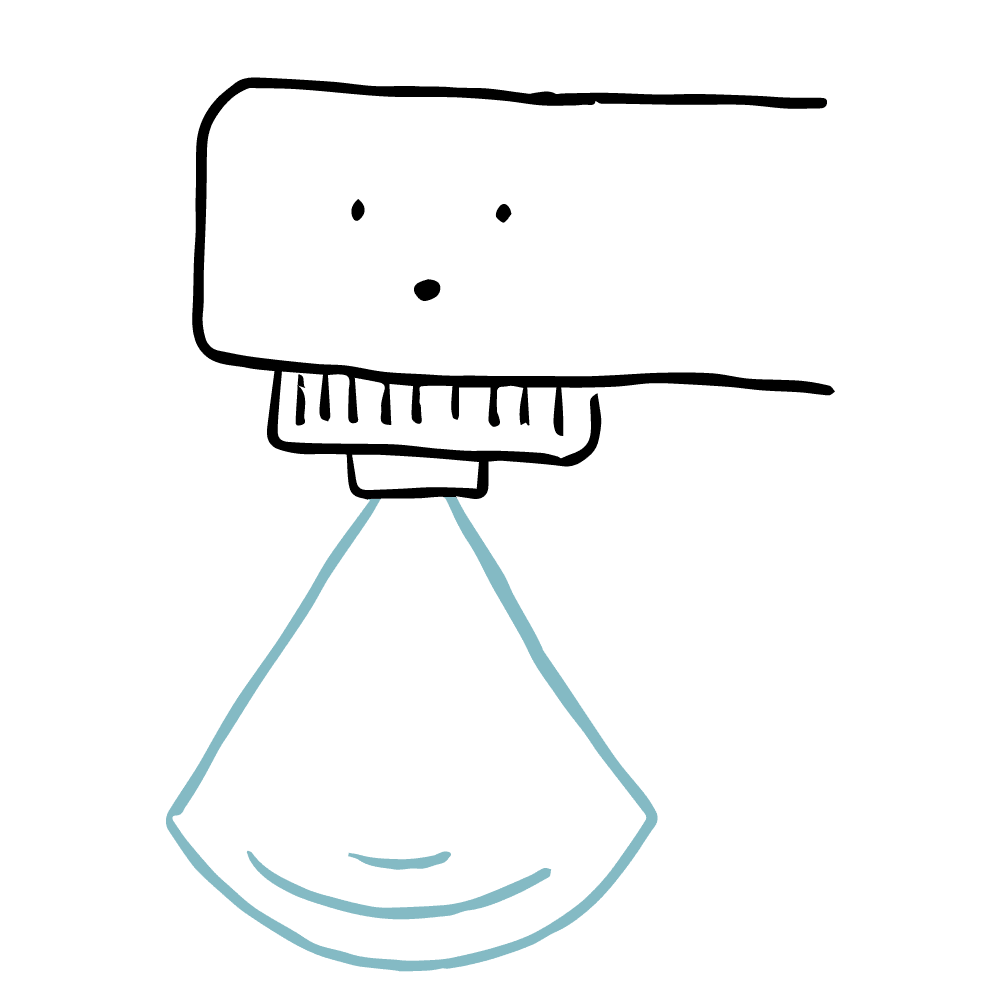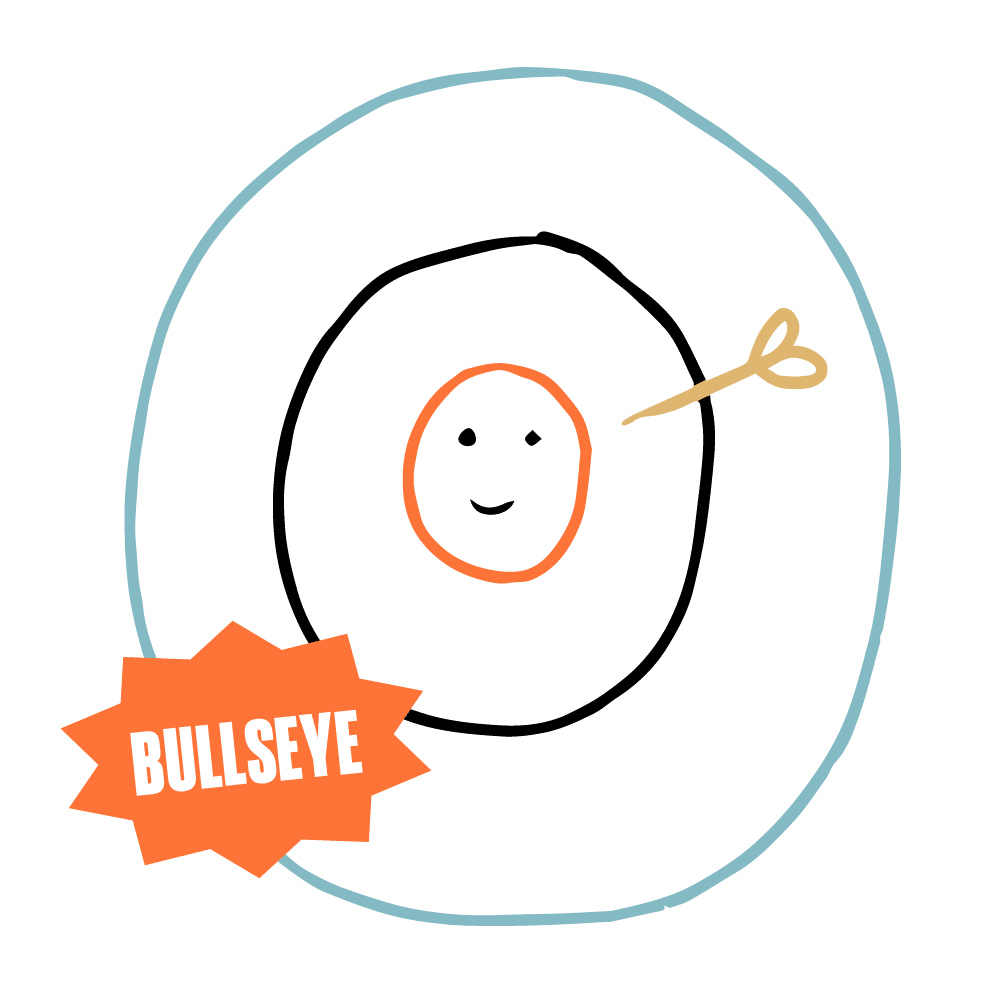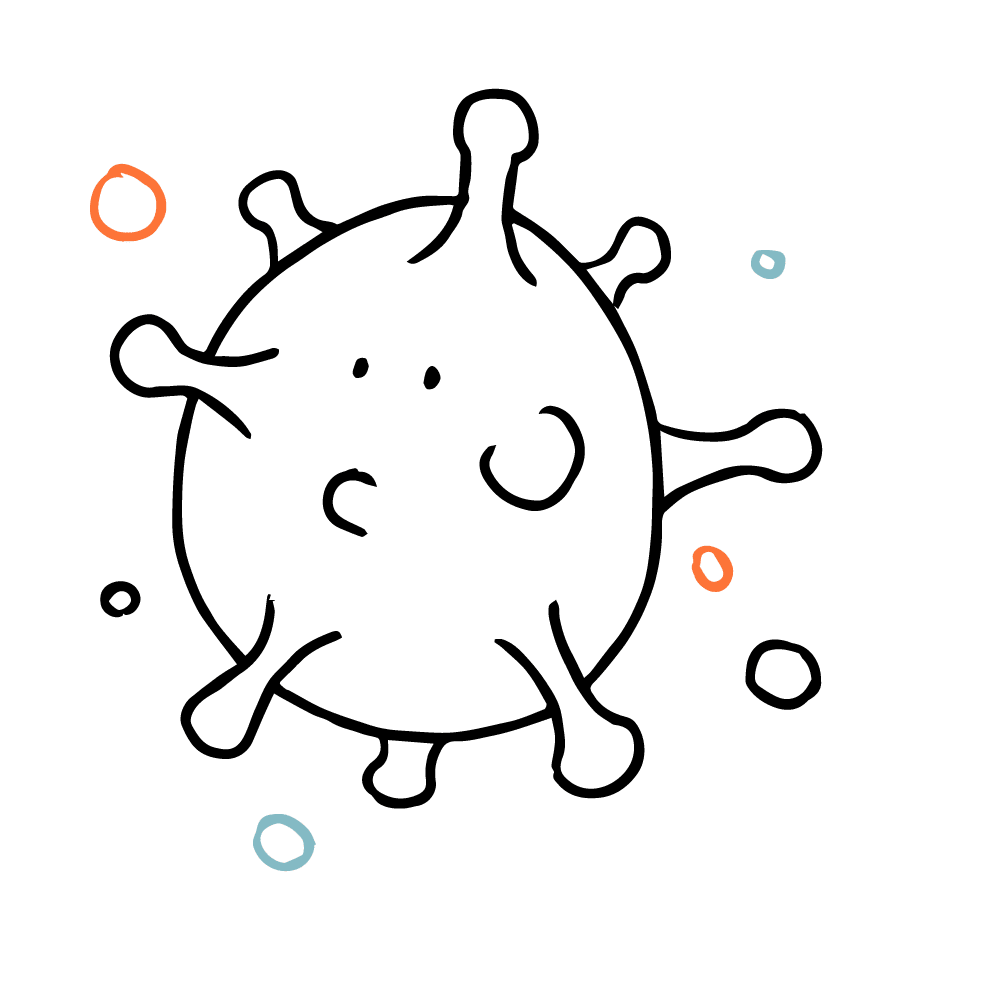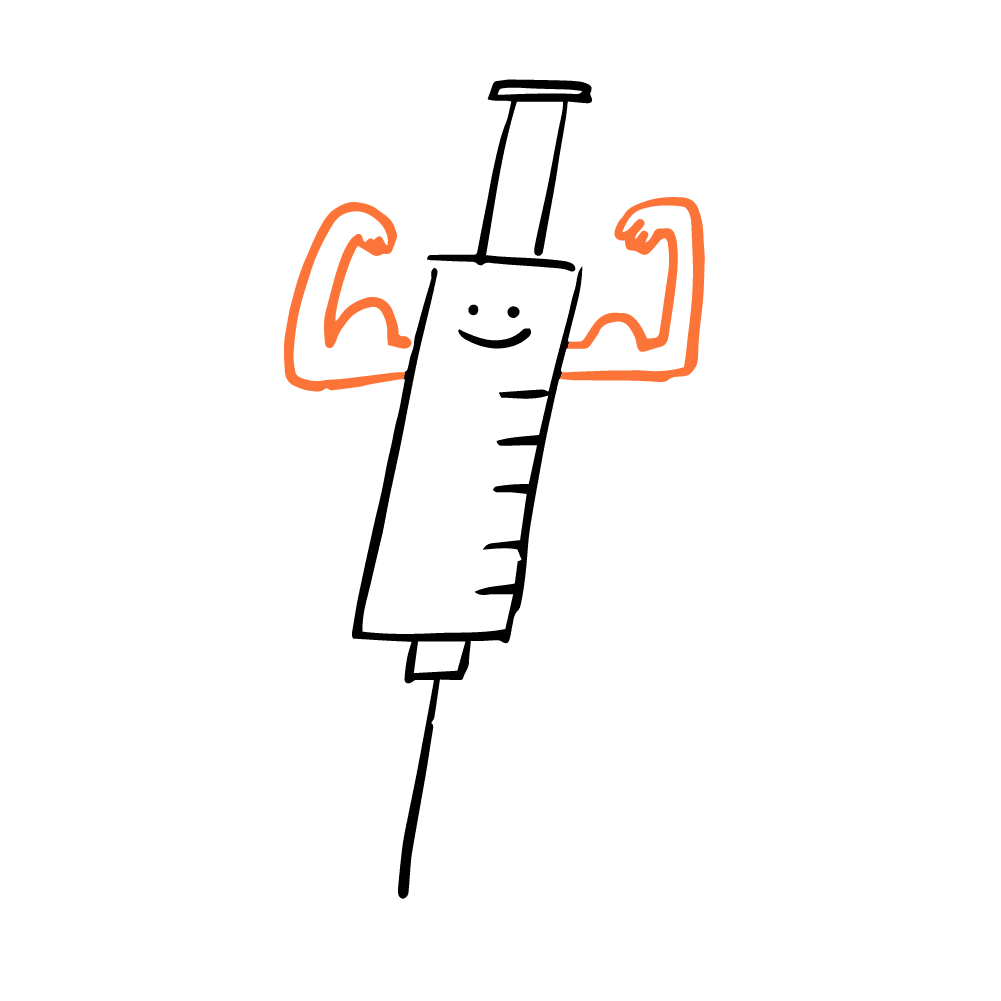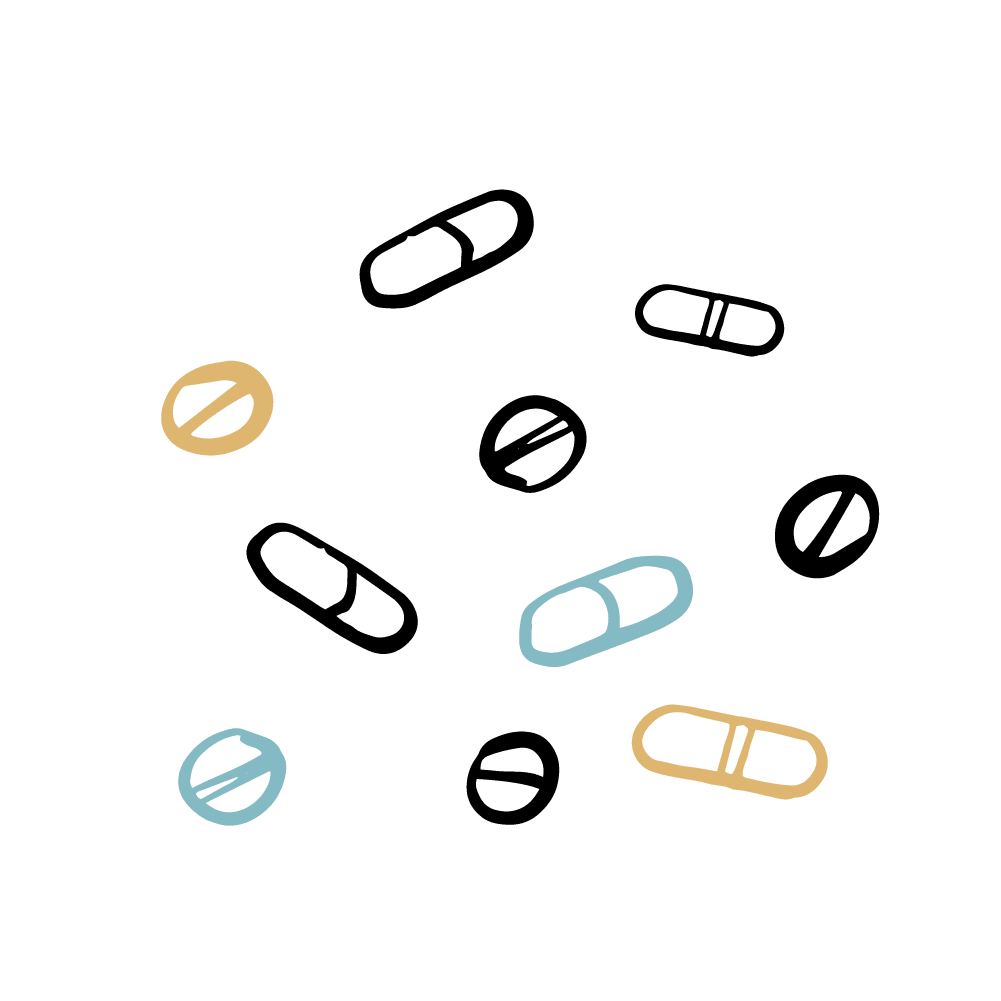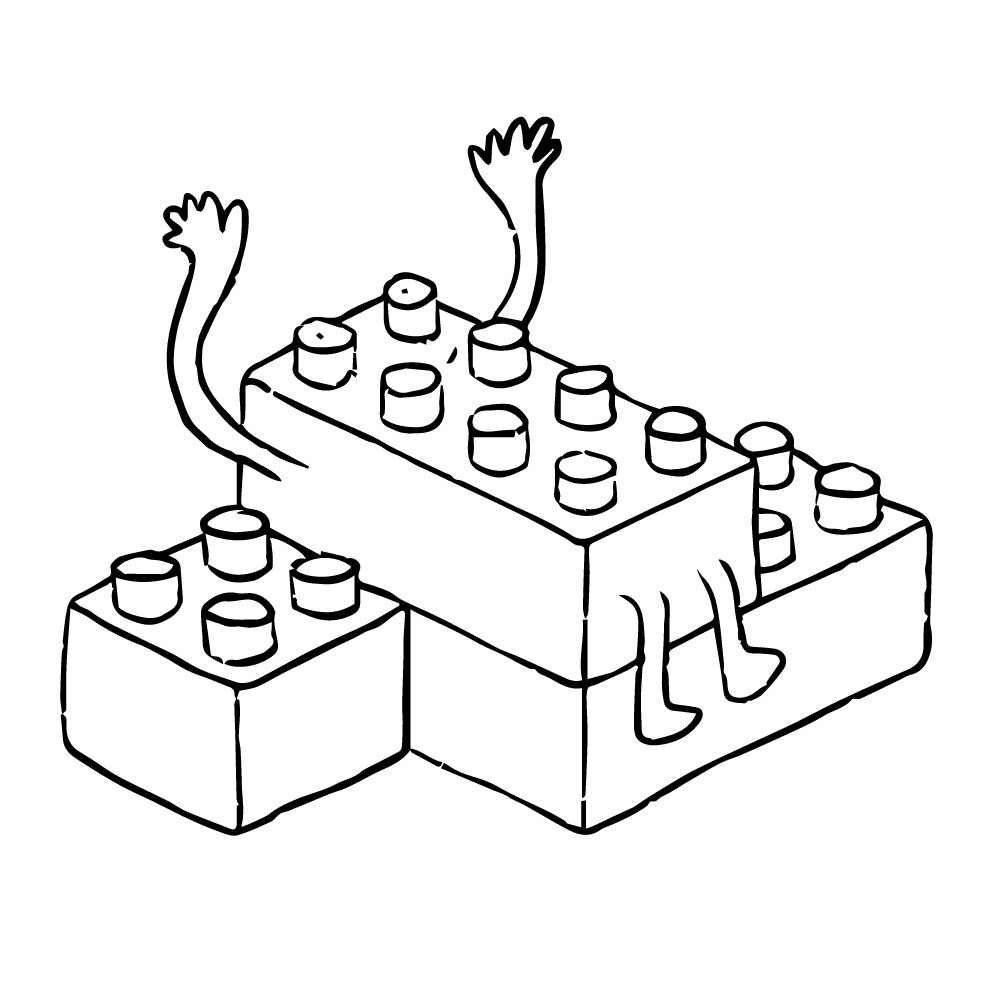Unfortunately, only a small amount of research has been conducted on the use of marijuana to help with cancer, however limited studies have found positive results. Due to this lack of research, we support patients and caregivers in responsibly using weed to manage symptoms related to cancer care. We do encourage you to consider using edible or topical weed products rather than smoking because inhaling marijuana smoke can pull harmful substances into your body, including many of the same ones that are found in tobacco smoke.
Weed is not federally legal or accessible across the United States. However, it has been legalized in 24 states for recreational use, meaning anyone in those states over the age of 18 can purchase marijuana products. Other states do not allow recreational marijuana use, but do allow medicinal marijuana use. In these states, you will have to get a medical marijuana license to legally purchase weed. Finally, there are a small handful of states where weed is completely outlawed, including for medical purposes.

